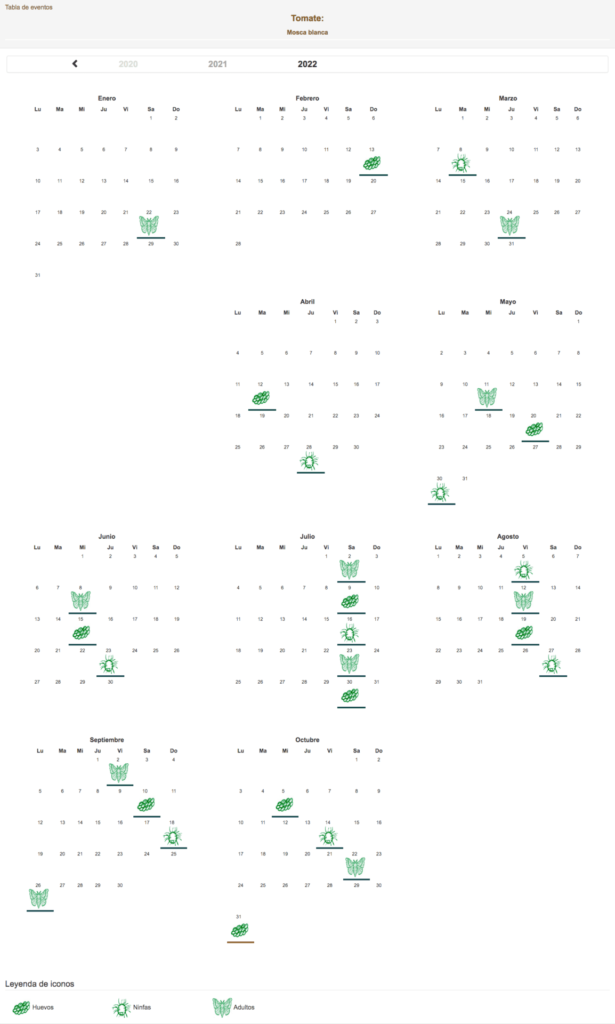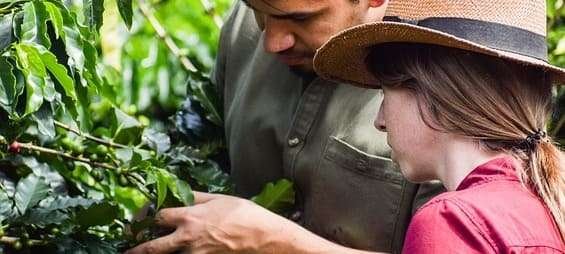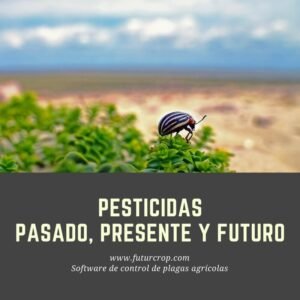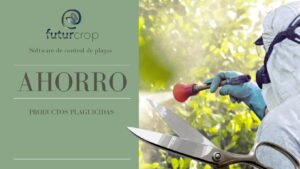Phenology of pests
Insect pests cannot regulate their own temperature and rely on outside temperature to start or finish their biological developmental phases. This pest conditioning allows calculations to be made to determine the right time to perform the most efficient chemical control of the whitefly.
Phenology of the greenhouse whitefly
The so-called greenhouse whitefly (Trialeurodes vaporariorum) develops biologically within the temperature range of 16 ° and 27 ° C. R temperature values outside that range, below 16º C and above 27º C, the size of the whitefly population decreases, due to high mortality and limited reproduction.

Temperature influences pests in different ways, depending on their stage of development and even according to their sex. Females live twice as long as males at temperatures above 15º C. Trialeurodes vaporariorum completes its development from egg to adult at all temperatures between 15 ° 28 ° C, but not in the range of 10 ° and 32 ° C. Experiments have been carried out in which it is verified that the lower temperature thresholds for the immature stages are 9.45ºC (egg), 6.26ºC (nymph) and 10.64ºC (pupa).
For the three immature stages, the lowest mortality occurs at 25ºC (1%) and the highest at 28ºC (30.23%). And 93-96% survival of all immature stages occurs in the optimal temperature range of 20 ° and 25 ° C .
When to apply efficient chemical treatment
We know that with a constant temperature of 15º C, the total development of the whitefly is 46.71 days.
With a constant temperature of 28º C, the whitefly completes its development cycle almost in half the time (21.87 days).
If agriculture were developed under conditions of uniform temperatures, we could easily make insecticide applications programmed to increase its effectiveness. But it is not reality.
And we know that temperature changes condition the acceleration or deceleration of the biological development of pests. Therefore, it is necessary to record daily temperatures and calculate how temperature variation influences their development.
Indiscriminate and repeated applications of insecticides only complicates the problem of whitefly infestation in crops.

The time when insecticides are most efficient in controlling whitefly is when the insect is in the nymph state.
Eggs and pupae are very resistant to treatments, and adults generate resistance to insecticides easily.
In the real conditions of continuous temperature changes, the best option to carry out efficient treatments for the control of the whitefly is to limit the use of insecticides to those moments when the pest is most vulnerable.
To know that moment, the sum of degrees days is calculated, and its correlation with the development of the whitefly through a specific phenological model for the pest.


Software for the phenological calculation of the stage of development of the whitefly
Communication technologies and the development of computer software, allows the farmer and technicians to have the assistance of tools to optimize decision making in an environment of multiple variables such as agriculture.
FuturCrop develops the principles stated in this article and is currently used as a Decision Support Information System for pest control.
Fenología de las plagas
¿Deseas saber más sobre tratamientos eficientes?
External links
Integrated pest management in horticultural crops
Brief introduction to phenology, State Meteorological Agency
Allied computing to limit pest damage in agriculture
Pest and weather models, College or Agricultural Sciences. Oregon State University
USA National Phenology Network Aids Management of Pest Insects With Life-Stage Forecast Maps,
Using Degree-Days and Plant Phenology to predict pest Activity, Daniel A. Herms, The Ohio State University








